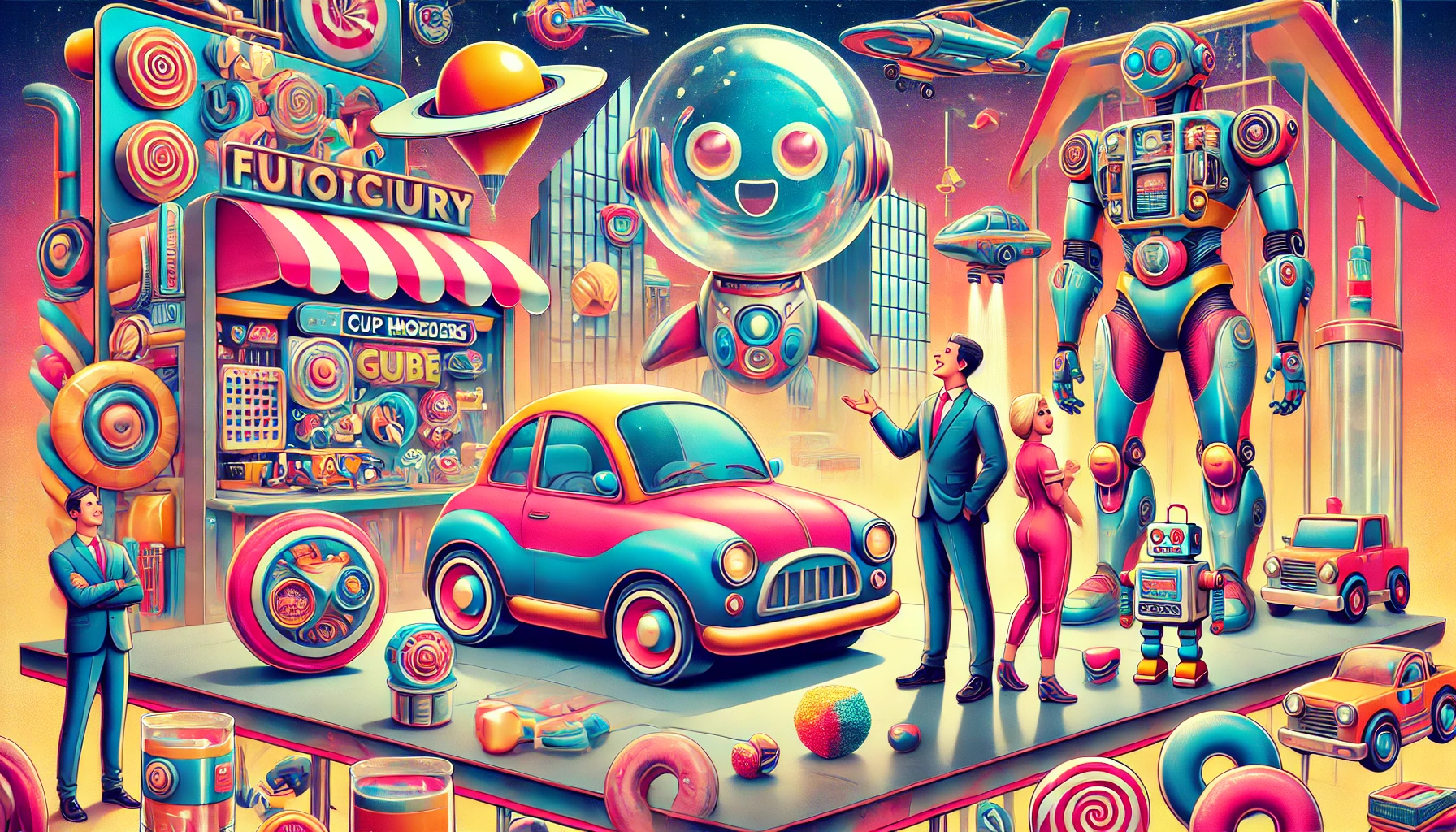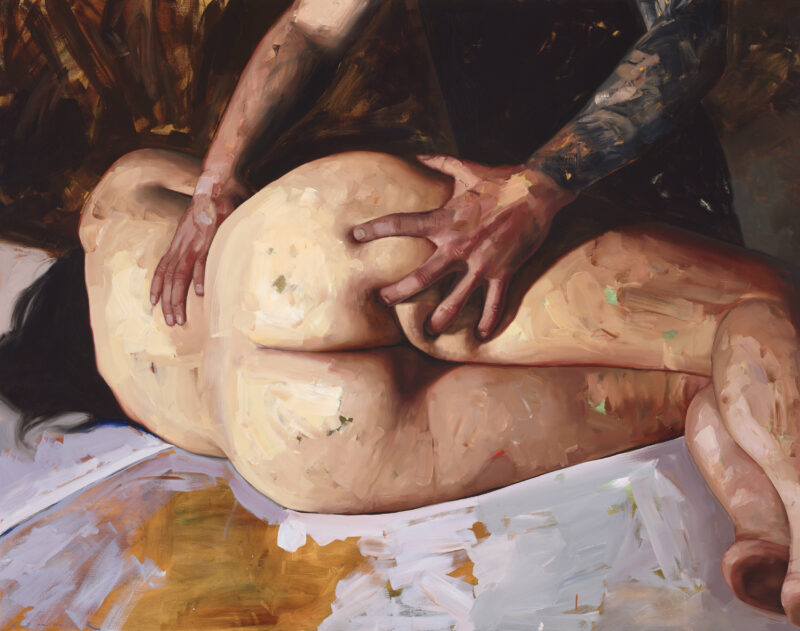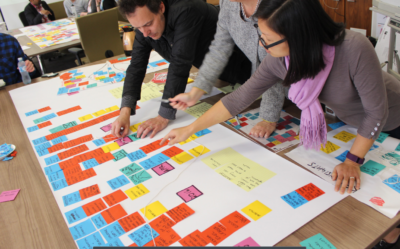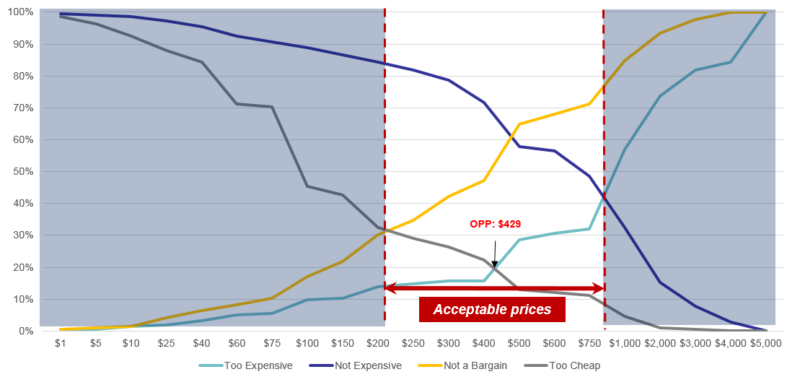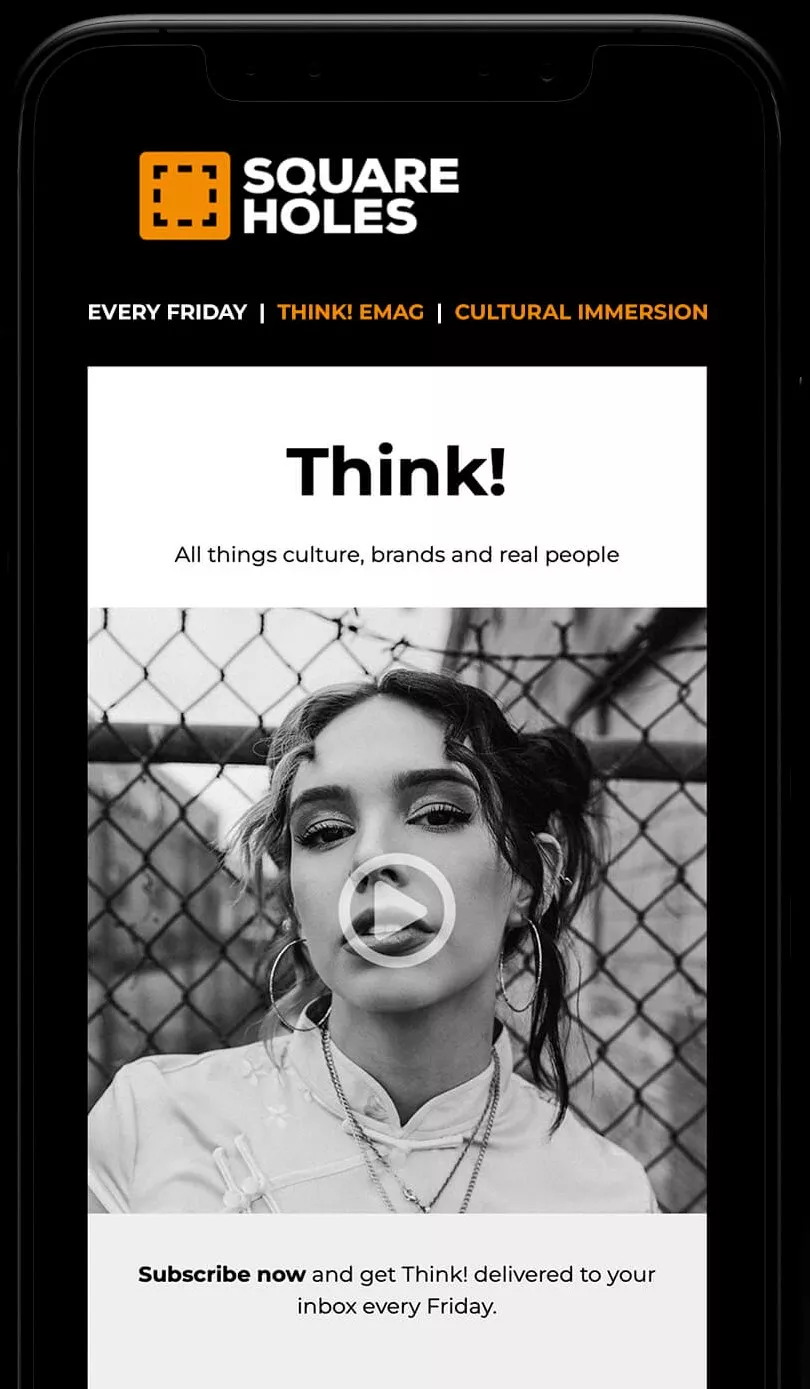Why humans are so Good (and Bad) at designing products: Lessons from pop culture
Designing great products is both an art and a science. The best designs connect with human emotions, solve real problems, and make life better. But the journey is rarely smooth. Pop culture is full of hilarious and insightful moments that showcase the triumphs and pitfalls of product design. From Homer Simpson’s disastrously over-engineered car to Tony Stark’s iterative genius in Iron Man and even Seinfeld’s satirical take on “innovations,” these moments reveal timeless truths about creativity, empathy, and listening to the customer.
The Simpsons: Homer’s Dream Car Gone Wrong
In The Simpsons episode “Oh Brother, Where Art Thou?”, Homer is tasked with designing the ultimate car for the average person. But instead of relying on research or testing, he pours every personal whim and impractical desire into the design. The result? A bloated, overpriced monstrosity complete with a separate dome for noisy kids, unnecessary luxury features, and cupholders for comically oversized sodas.
The car is a disaster, bankrupting his brother’s car company. Homer’s failure is a classic lesson: when designers assume they are the customer, the results can be wildly out of touch. True innovation requires empathy for the actual user, not indulgence in personal fantasies.
Big: The Power of Honest Intuition
The 1988 movie Big gives us one of the most iconic moments in product design. Tom Hanks’ character, a child trapped in an adult’s body, works at a toy company and attends a pitch meeting for a robot that transforms into a building. While the executives marvel at the technical specs and focus group data, Hanks interrupts with a simple, unfiltered critique: “I don’t get it.”
This scene captures a vital truth: data can’t replace intuition. While research is critical, great products resonate on a human level. Hanks’ childlike honesty reminds us that the best designs make us feel something—and when they don’t, no amount of technical innovation can save them.
Iron Man: Iteration Is Everything
Tony Stark’s journey as a designer in the Iron Man movies is a masterclass in iteration and testing. In the first movie, Stark’s initial suit is clunky, unwieldy, and built in a cave. But through countless cycles of testing, refining, and failure, he perfects the Iron Man suit into a sleek, functional masterpiece.
What makes Stark’s approach so relatable is his willingness to embrace failure as part of the process. He tests his designs repeatedly—sometimes to comic or dangerous effect—and learns from every misstep. This iterative approach mirrors the way great companies like Tesla and Dyson operate: innovation isn’t about getting it perfect the first time but refining ideas until they work seamlessly.
Seinfeld: The Urban Sombrero and the Pitfalls of Ego
In Seinfeld, the infamous “Urban Sombrero” designed by Elaine during her tenure at the J. Peterman catalog is a prime example of how ego can derail product design. Elaine pushes the ridiculous hat as a bold, trendy statement piece, ignoring how impractical and unappealing it actually is.
The Urban Sombrero flops, highlighting the danger of prioritising personal ambition or trendy aesthetics over what people truly want or need. Like Homer’s car, it’s a reminder that good design is not about making a statement for its own sake—it’s about solving a problem or delighting the user.
Parks and Recreation: The Cones of Dunshire and Overcomplicating Design
Ben Wyatt’s absurd board game, “The Cones of Dunshire,” from Parks and Recreation is a hilarious parody of over-engineering a product. Ben pours his heart and soul into the game, creating an excessively complex set of rules that only he understands. While his passion is admirable, the game is ultimately inaccessible to others.
This moment reflects a common mistake in product design: over-complicating features to the point where the product alienates its intended audience. Simplicity and usability often win over excessive complexity.
Mad Men: The Carousel and the Power of Emotion
In Mad Men, Don Draper’s pitch for the Kodak Carousel is a masterclass in connecting products to human emotion. Rather than focus on technical specs or flashy features, Don frames the slide projector as a gateway to nostalgia and love.
“This isn’t a spaceship; it’s a time machine,” Don says, turning a piece of hardware into an emotional experience. His pitch reminds us that great design is not just about functionality but about creating a connection with the user. Products that evoke emotion—whether joy, nostalgia, or inspiration—are far more impactful than those that simply perform a task.
Back to the Future: The Hoverboard and Aspirational Design
The hoverboard from Back to the Future Part II has captivated imaginations for decades. While it started as a fictional concept, it became a symbol of aspirational design. Companies have spent years trying to make hoverboards a reality, fuelled by the dream of combining futuristic technology with human playfulness.
This example highlights the importance of vision in product design. Sometimes, great ideas come from imagining what could be possible, even if the technology isn’t there yet. Aspirational products inspire innovation by pushing boundaries and sparking creativity.
Willy Wonka: Balancing Whimsy and Practicality
Willy Wonka and the Chocolate Factory is filled with wildly inventive product ideas, from everlasting gobstoppers to fizzy lifting drinks. While these products capture the imagination, they also serve as a cautionary tale. Many of Wonka’s creations—like the three-course meal gum—are disastrous in practice, leading to unintended consequences like Violet Beauregarde turning into a giant blueberry.
Wonka’s factory reminds us that while creativity is essential, practicality and testing are just as critical. A great idea is only great if it works in the real world.
Key Lessons from Pop Culture’s Product Designers
From Homer Simpson to Tony Stark, these characters show us what works—and what doesn’t—when it comes to designing products:
- Empathy First: Don’t design for yourself (Homer’s car). Step into the shoes of your users to understand their needs.
- Trust Intuition, But Validate It: Tom Hanks’ critique in Big reminds us to balance gut instinct with data.
- Iterate Relentlessly: Like Tony Stark, keep refining and testing until you get it right.
- Keep It Simple: Ben Wyatt’s “Cones of Dunshire” and Elaine’s “Urban Sombrero” both suffer from over-complication.
- Evoke Emotion: Don Draper’s Carousel pitch shows the power of designing products that connect with the heart.
- Dream Big, but Deliver Practically: Aspirational ideas like the hoverboard inspire innovation, but they need real-world application to succeed.
Why Humans Excel at Design
Humans are uniquely gifted at product design because we can balance data, creativity, and empathy. We dream big, laugh at our failures, and push boundaries. Whether we’re designing cars, toys, or hats, pop culture reminds us that the best products come from listening, learning, and imagining what’s possible. So, the next time you watch TV or a movie, look out for those design moments—they might just inspire your next big idea.
